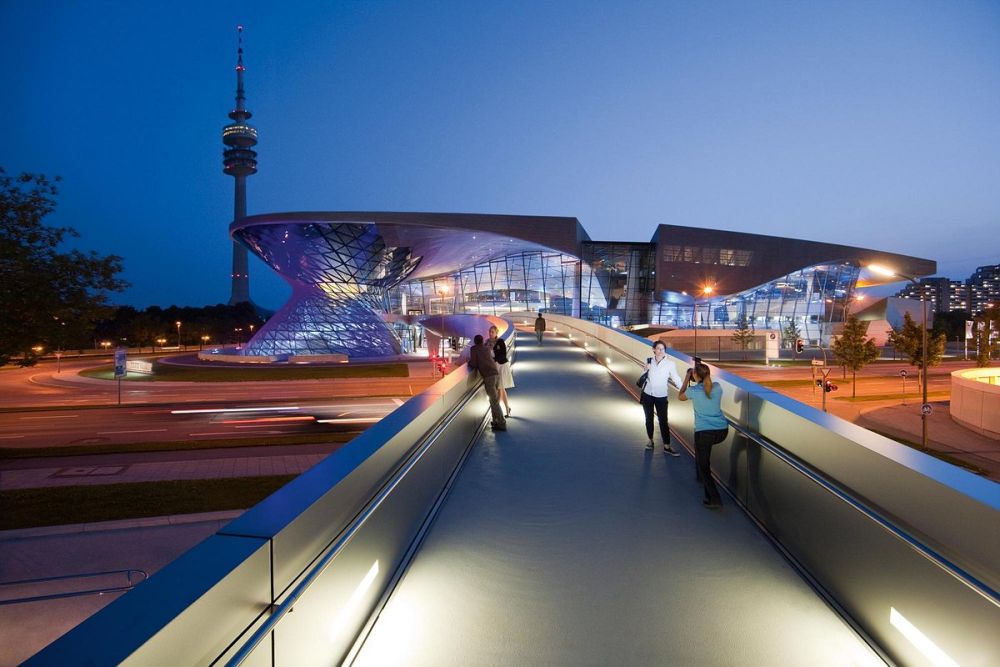

The BMW Museum was inaugurated in 1973, just in time for the Olympic Games in Munich. Its innovative and futuristic architecture, designed by Professor Karl Schwanzer, has been a prominent symbol of the company's commitment to design. Initially, the museum was solely focused on showcasing BMW's history of technology and its numerous achievements in car and motorcycle production. With its unique layout representing a four-cylinder engine – a salute to the iconic BMW 4-cylinder tower – the museum became a must-visit destination for automobile enthusiasts and design aficionados around the world.
In 2008, BMW Welt (BMW World) opened directly across from the museum. As a state-of-the-art exhibition facility, it supplemented the visitor experience with interactive shows, vehicle collections, and a delivery center for customers. The combination of these two attractions has firmly established the site as a significant point of interest in Munich, not only for car lovers but also for architecture and design tourists.
In recent years, BMW Museum and BMW Welt have adapted to the growing demand for experiential and knowledge-based tourism. With its blend of historical exhibits and cutting-edge technology, it provides visitors with an immersive experience that aligns with contemporary trends in the tourism industry:
An integral part of cultural and technological tourism in Munich, the BMW Museum and BMW Welt continue to evolve, offering visitors from all over the world the opportunity to explore Bavaria's rich automotive heritage and future innovations.
When planning a visit, tourists can look forward to a range of activities:
With more than 3 million visitors annually, BMW Museum and BMW Welt in Munich remain at the forefront of automotive tourism, offering a dynamic blend of tradition and innovation that resonates with diverse audiences from around the globe.